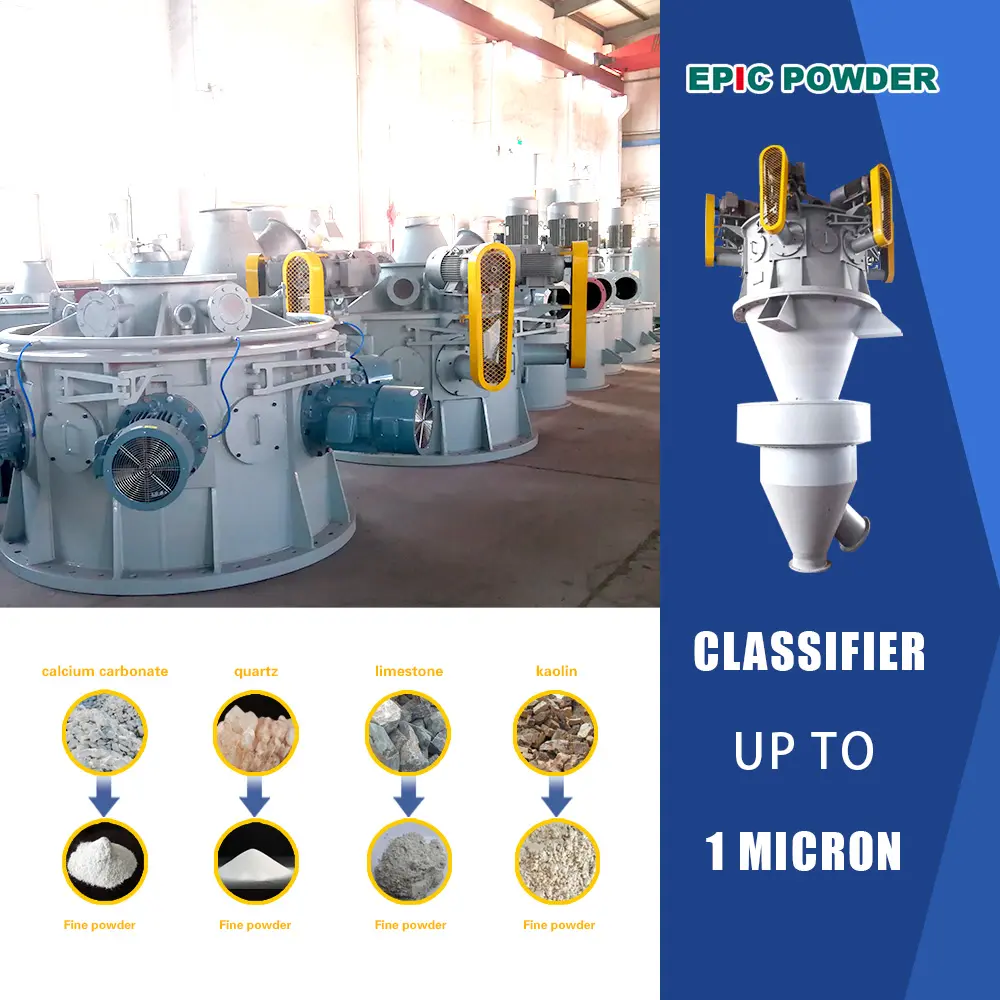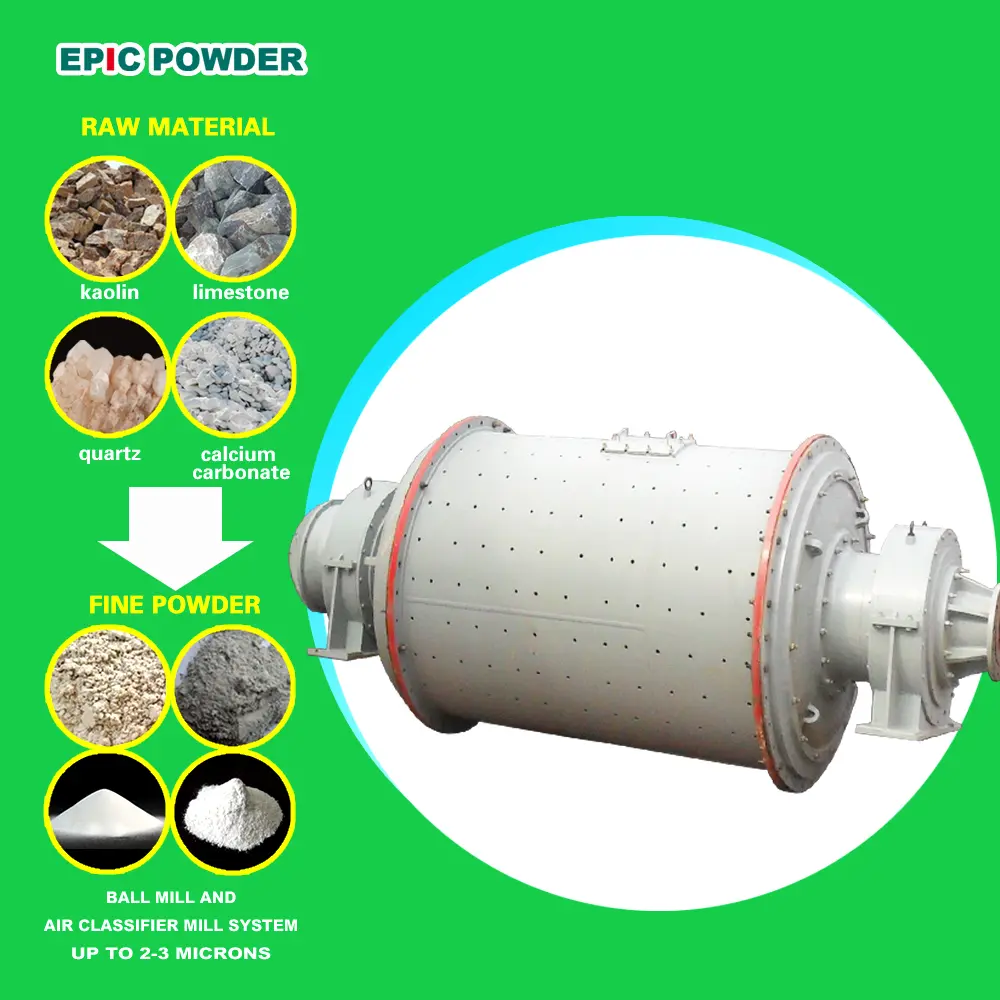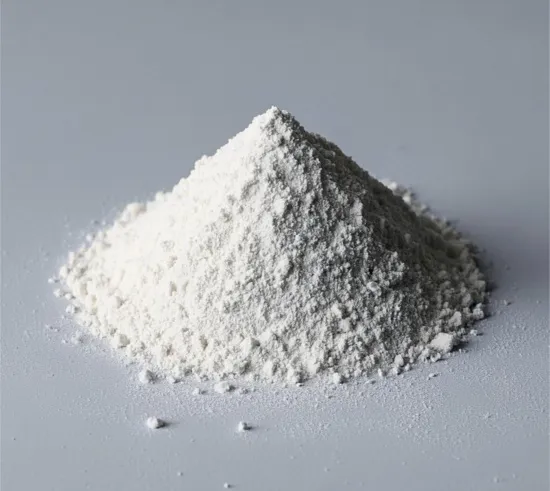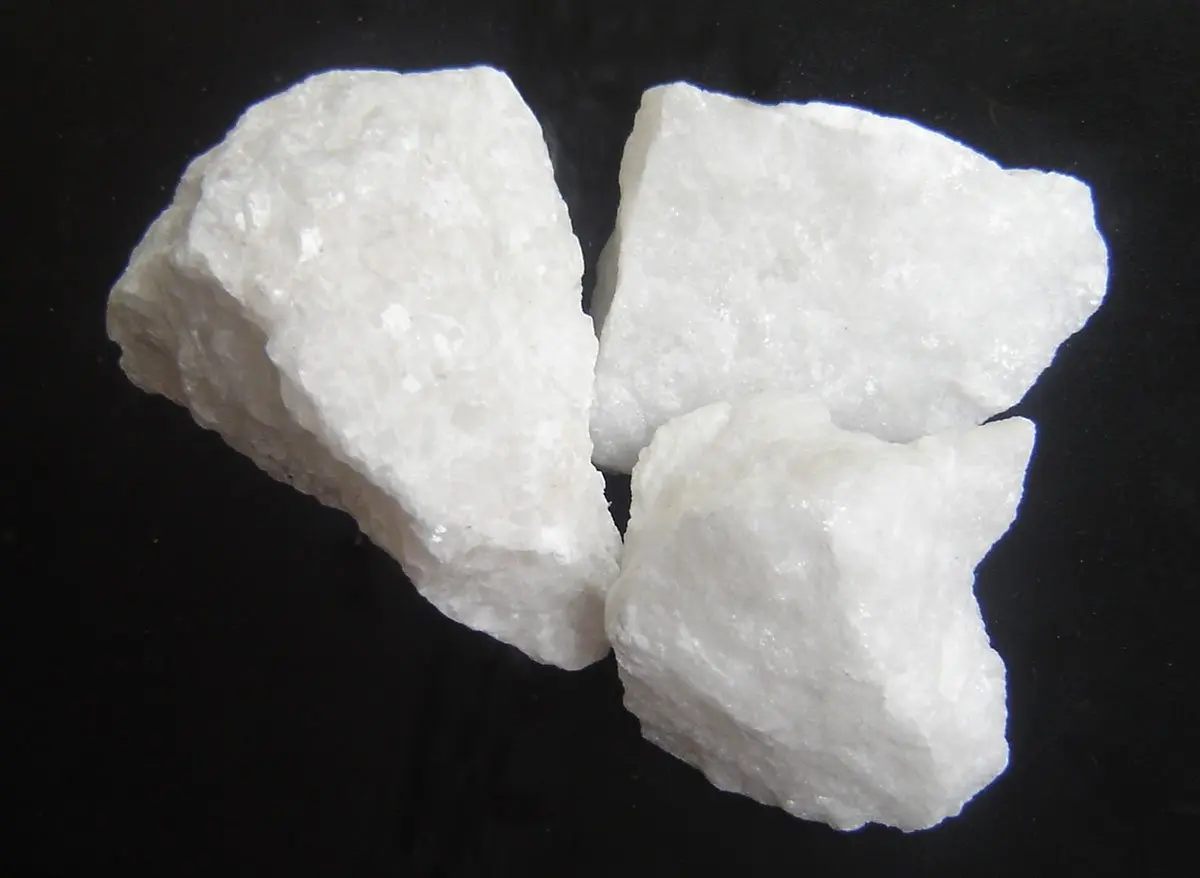De acuerdo con la Sección 4.2 de AQ4273-2016 Reglamento Técnico de Seguridad para Sistemas de Recolección de Polvo en Áreas con Riesgo de Explosión de PolvoLos sistemas de recolección de polvo seco deben adoptar medidas de prevención y control en función de las características explosivas del polvo combustible. Se deben utilizar uno o más de los siguientes dispositivos de protección contra explosiones para reducir los riesgos de explosión:
Dispositivo de ventilación de explosiones: antes de que la presión de la explosión exceda la resistencia del colector de polvo y de los conductos, un dispositivo de ventilación de explosiones libera los productos de la explosión, lo que evita daños al equipo.
Dispositivo de inertización: la introducción de gas inerte o polvo en el colector de polvo elimina la explosividad del polvo combustible.
Dispositivo de aislamiento de explosiones: instalado en conductos, este dispositivo bloquea las llamas y las ondas de explosión dentro de un rango limitado.
Dispositivo de Supresión de Explosiones: Instalado en ductos y/o colectores de polvo, inyecta instantáneamente agentes extintores físicos o químicos para suprimir el desarrollo o propagación de explosiones.
1. Dispositivo de ventilación de explosiones
Ventilación de Explosiones: La abertura de ventilación de explosiones de un colector de polvo debe cumplir con los requisitos reglamentarios. Los paneles de ventilación de explosiones deben estar certificados, preferiblemente diseñados por una institución externa cualificada. Las normas comunes para el cálculo de áreas de ventilación incluyen GB/T15605-2008, EN14491-2012 y NFPA 68-2013. Las normas nacionales para colectores de polvo exigen ahora que los fabricantes mejoren las medidas de ventilación y supresión de explosiones.
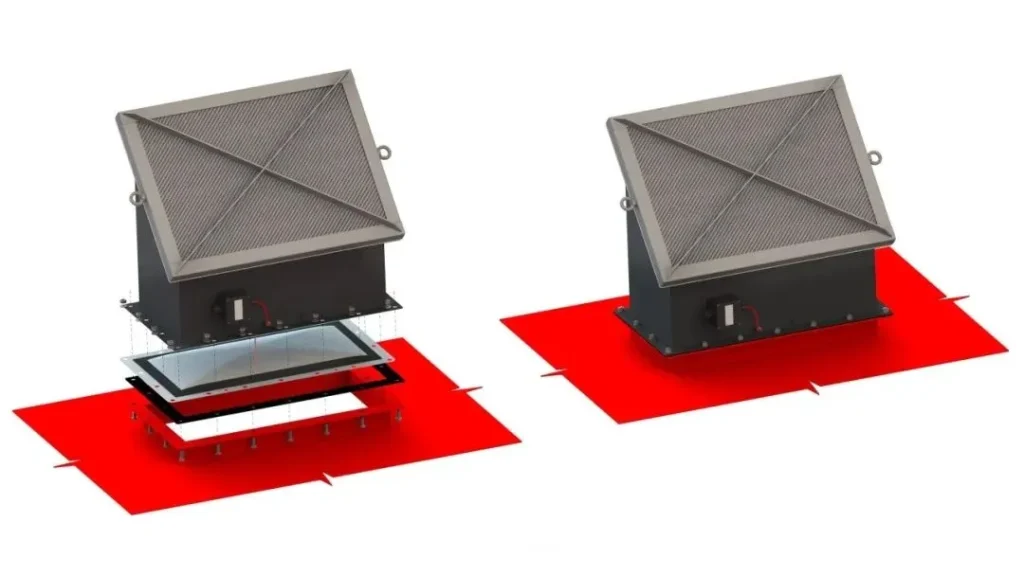
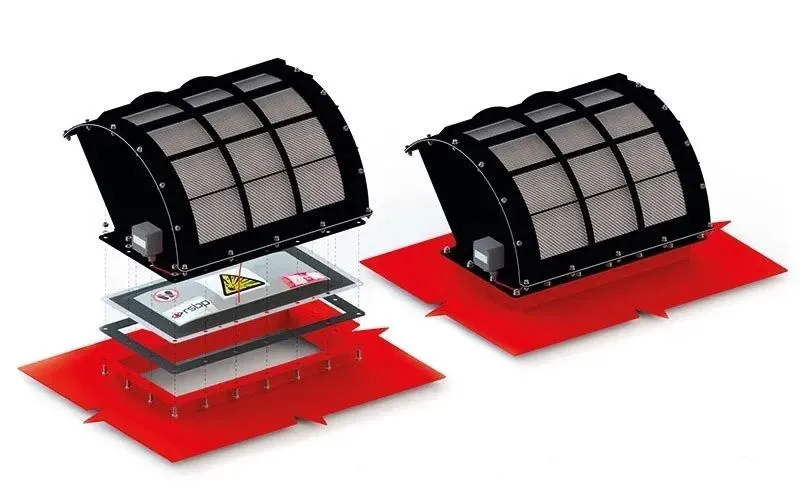
2. Dispositivo de aislamiento de explosiones
El aislamiento de explosiones evita que las explosiones se propaguen a áreas protegidas. El producto clave es la válvula de aislamiento de explosiones, ampliamente utilizada por su simplicidad y fiabilidad. Funciona aprovechando la presión generada por la explosión para mover el núcleo de la válvula, bloqueando las llamas y las ondas de presión. La selección de las válvulas de aislamiento depende de las características de la explosión de polvo y de la resistencia a la presión del colector de polvo y los conductos. Estas válvulas deben instalarse en el conducto principal exterior del edificio, con controles interconectados conectados al sistema de recolección de polvo.
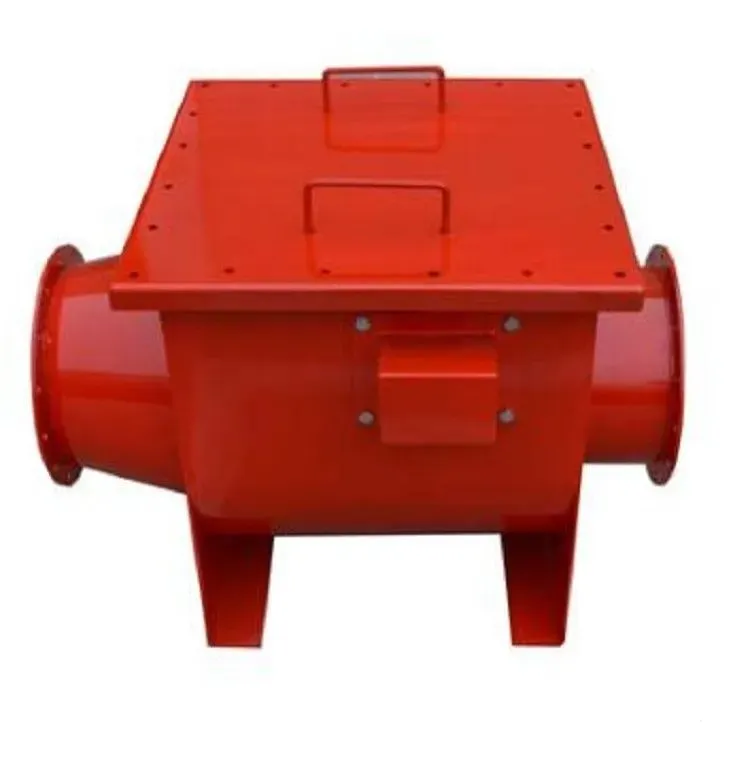
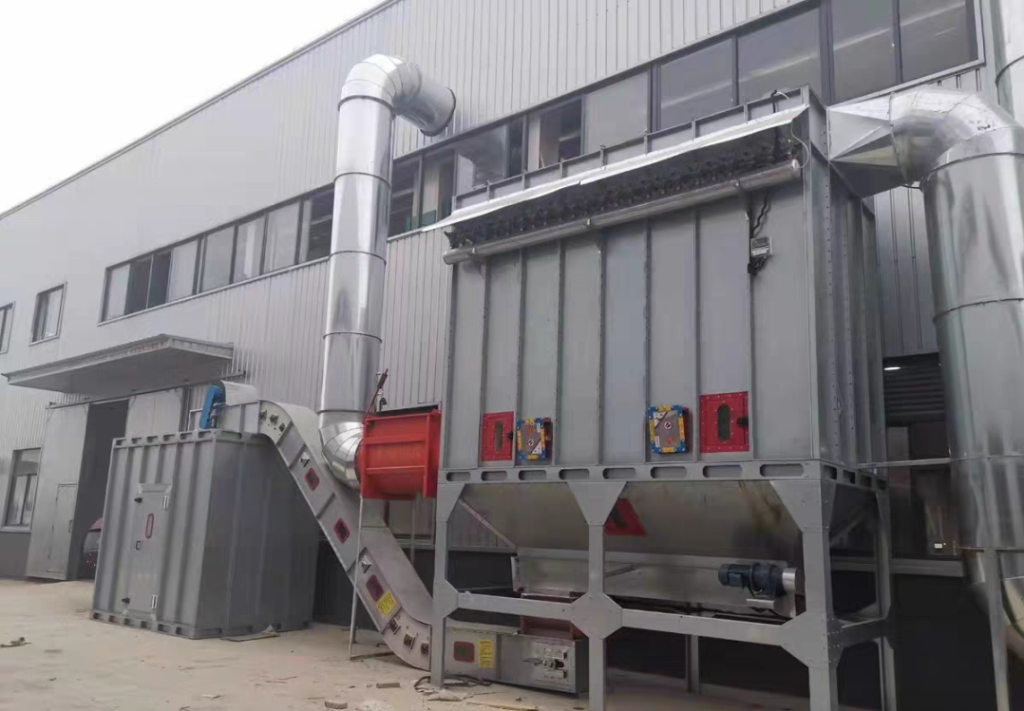
3. Dispositivo de supresión de explosiones
La mayoría de los dispositivos de supresión de explosiones provienen de productos extranjeros. Su principio fundamental es detectar explosiones y rociar rápidamente supresores para reducir o detener su propagación. Pueden instalarse en cualquier ubicación potencialmente peligrosa, pero su selección debe basarse en las características de explosión del polvo, así como en la resistencia a la explosión de los colectores y conductos de polvo. Estos dispositivos también deben estar interconectados con la unidad de control del sistema de recolección de polvo para su protección.

4. Dispositivo de inertización
Cuando se utiliza gas inerte como medio en un colector de polvo, los niveles internos de oxígeno deben controlarse estrictamente. En un sistema central de recolección de polvo, el caudal de polvo inyectado no debe superar los 50% del límite inferior de explosión. Tras instalar un dispositivo de inertización, se debe instalar un sistema de monitoreo a prueba de explosiones que emita alarmas automáticas en caso de anomalías operativas. Para prevenir explosiones de polvo o minimizar los daños en caso de una explosión, los dispositivos de venteo son cruciales. El venteo de explosiones es uno de los métodos de protección más eficaces, ya que libera la presión durante las explosiones industriales. Un dispositivo de venteo de explosiones sin llama bien diseñado puede liberar la presión de forma segura y, al mismo tiempo, prevenir riesgos secundarios.
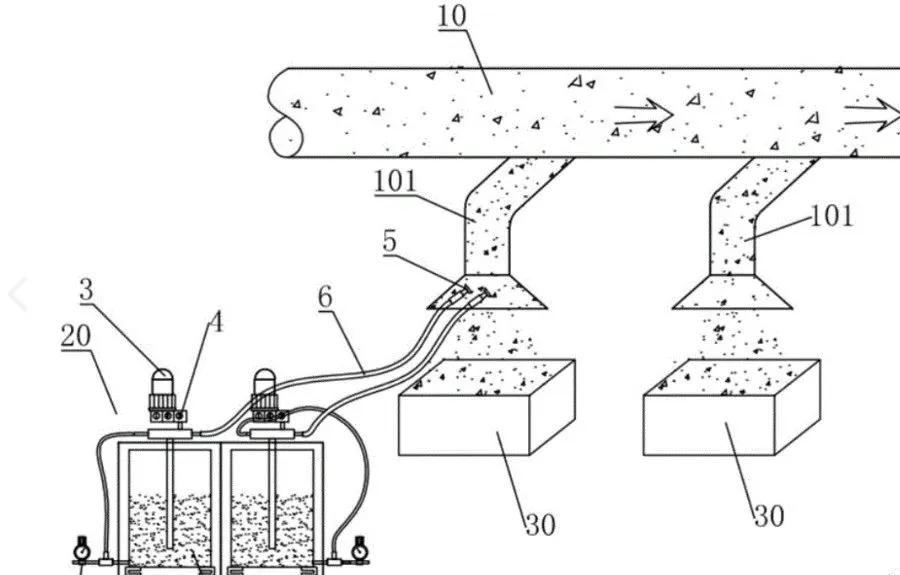
Los cinco elementos de una explosión de polvo
Una explosión de polvo requiere cinco elementos clave. Cuando los cinco se presentan simultáneamente, puede ocurrir una explosión. Las explosiones de polvo generan fuertes ondas de choque y llamas, y dado que los equipos no pueden soportar presiones tan extremas, pueden causar daños graves, dando lugar a explosiones secundarias o múltiples. Esto resalta la importancia de la protección contra explosiones de polvo.
Tres métodos principales de protección contra explosiones
Ventilación de explosiones: libera la presión de explosión con antelación a través de un dispositivo de ventilación, protegiendo el equipo contra daños.
Aislamiento de explosión: utiliza una válvula de aislamiento para bloquear la explosión y evitar la propagación de la llama.
Supresión de explosiones: detecta chispas, activa el sistema de supresión de incendios y extingue las llamas instantáneamente para evitar explosiones.
Dado que las explosiones de polvo solo ocurren en espacios confinados, es esencial implementar medidas de protección para los equipos cerrados que manipulan polvo, como colectores de polvo, elevadores, silos y secadores.
Ventilación de explosiones para equipos de exterior
En equipos de exterior, los paneles de ventilación contra explosiones pueden liberar la presión directamente. El uso de ventilación sin llama proporciona una mejor protección ambiental. Sin embargo, las aberturas de ventilación deben ubicarse lejos de zonas de paso peatonal u otros equipos sensibles para evitar riesgos.
Funciones de un dispositivo de ventilación de explosiones sin llama
1. Captura de llamas: garantiza que no se escapen las llamas, lo que proporciona un entorno operativo más seguro.
2. Previene la ignición secundaria: reduce el riesgo de explosiones múltiples y daños al equipo.
3. Retención de polvo: evita que los materiales procesados se liberen al medio ambiente.
4. Reducción de presión: amortigua los picos de presión de explosión, protegiendo al personal, los equipos y los edificios.
5. Control de temperatura: absorbe bolas de fuego mientras mantiene temperaturas ambientales estables.
En Polvo épicoNos comprometemos a brindar soluciones seguras y eficientes para el manejo de polvos. Con tecnología avanzada y medidas confiables de protección contra explosiones, ayudamos a las industrias a minimizar riesgos y mejorar la seguridad operativa. ¡Confíe en nuestra experiencia en recolección de polvo y prevención de explosiones!

